Teaching Fathers to Keep Babies Safe
Wale Olukanmi has spent more than two decades as an oncology nurse and physician's assistant at Children's Hospital Los Angeles. As a medical practitioner and father of four, he thought he was well-informed about the health risks and pitfalls of parenting. Then, he completed an all-day training on safe infant sleep practices, where he learned about Sudden Infant Death Syndrome (SIDS), the leading cause of death in babies one month to one year of age, and about other sleep-related infant deaths, such as suffocation.





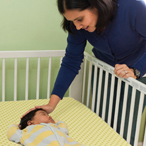
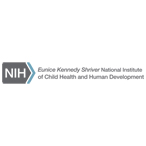
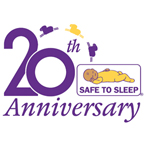
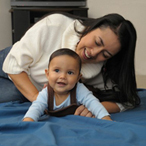

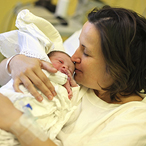

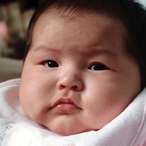
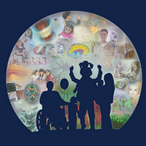

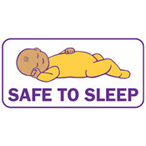
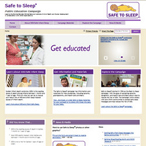
 BACK TO TOP
BACK TO TOP